Statistics Assignment: Analyzing Business Startup Costs and Regression
VerifiedAdded on 2020/03/16
|10
|481
|54
Report
AI Summary
This report presents a statistical analysis of business startup costs, utilizing regression analysis and hypothesis testing. The assignment begins by examining the distribution of startup costs, noting their non-normal distribution and the implications for different business types. It then formulates and tests hypotheses using ANOVA to determine the significance of cost variations. A regression model is developed to further analyze the relationship between variables, with the R-squared value and significance of the model being assessed. The report includes an interpretation of the slope coefficients and their confidence intervals, followed by a conclusion regarding the model's overall significance and relevance. The analysis uses Excel to generate the outputs and includes a detailed explanation of the methods and the results obtained. The conclusion highlights the significance of the regression model and the insights gained from the statistical analysis of the data.
1 out of 10
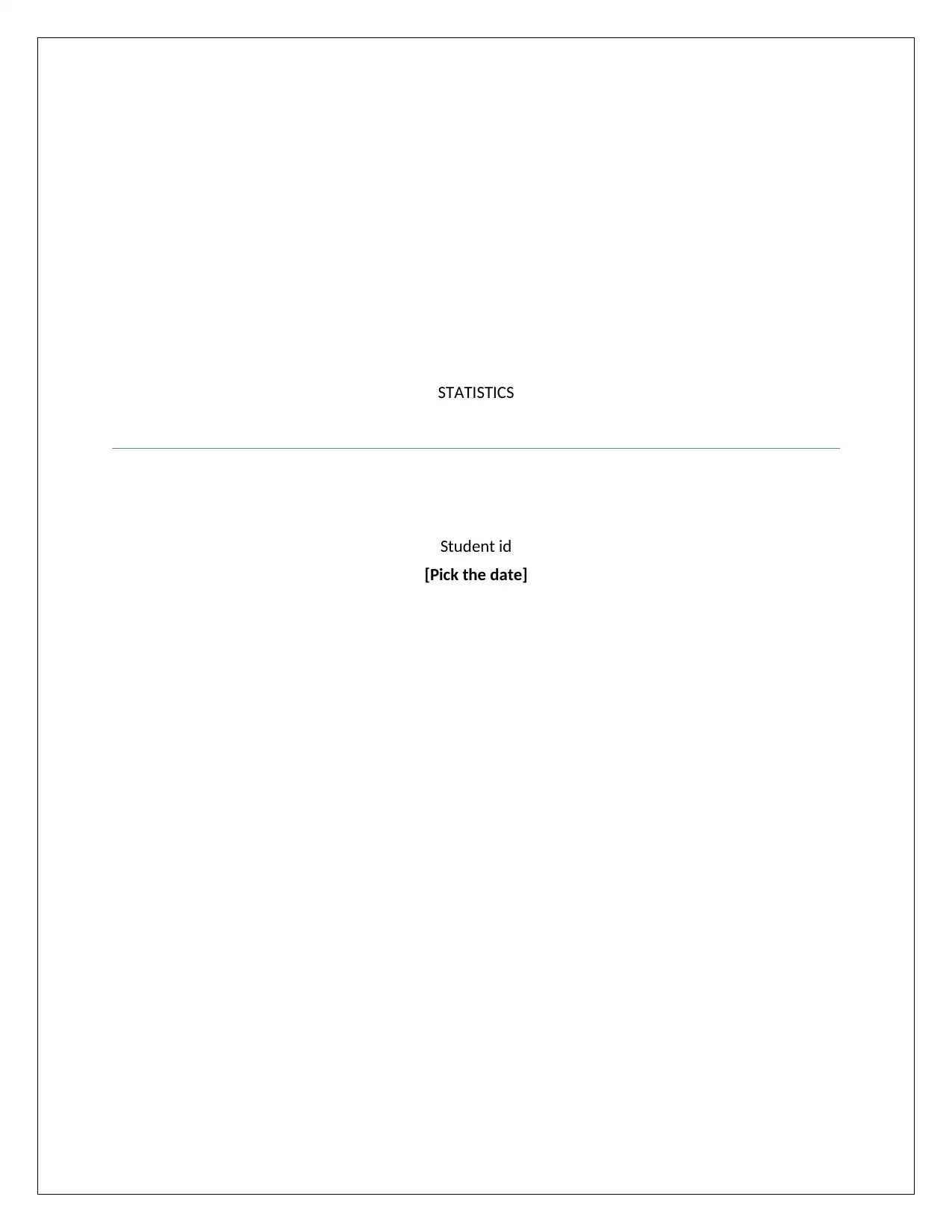
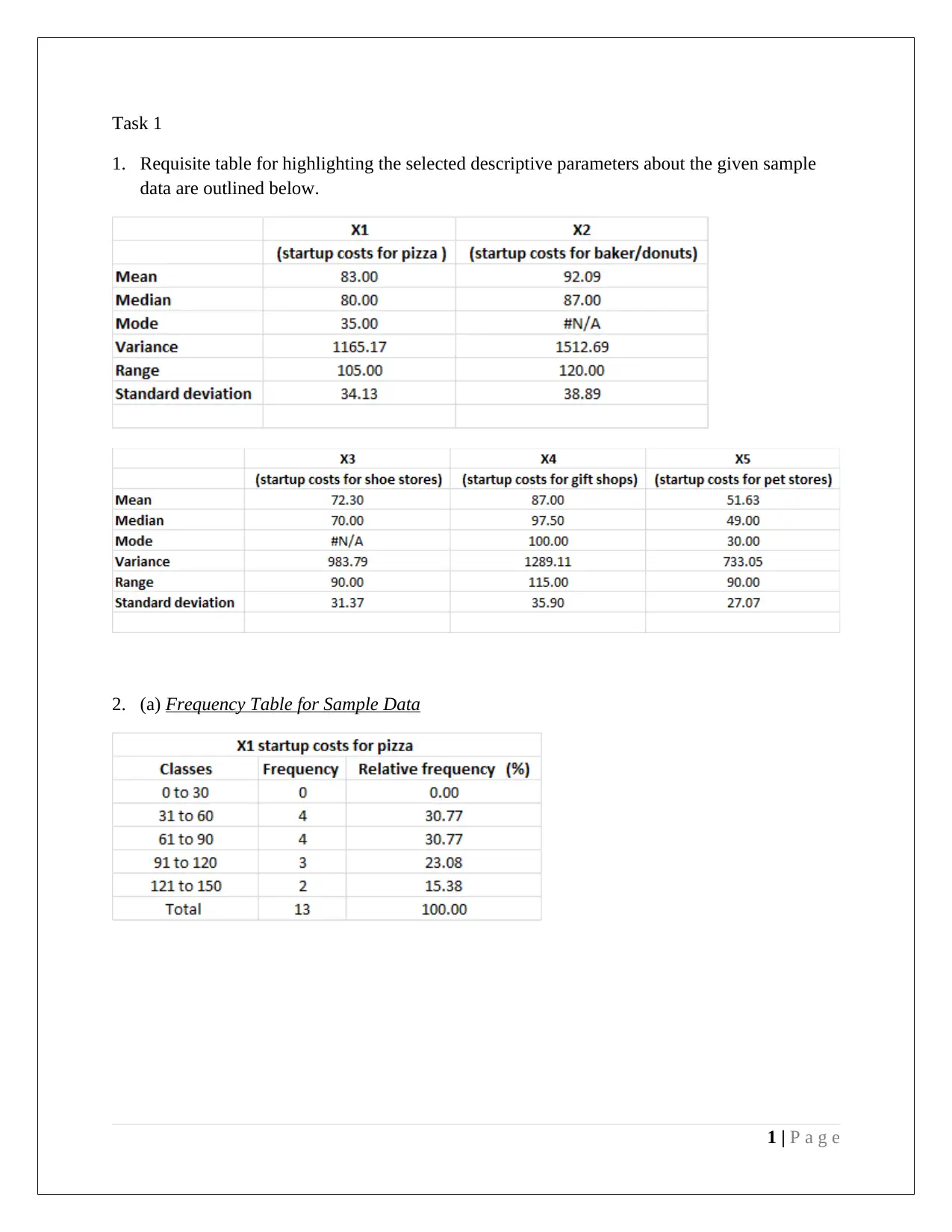
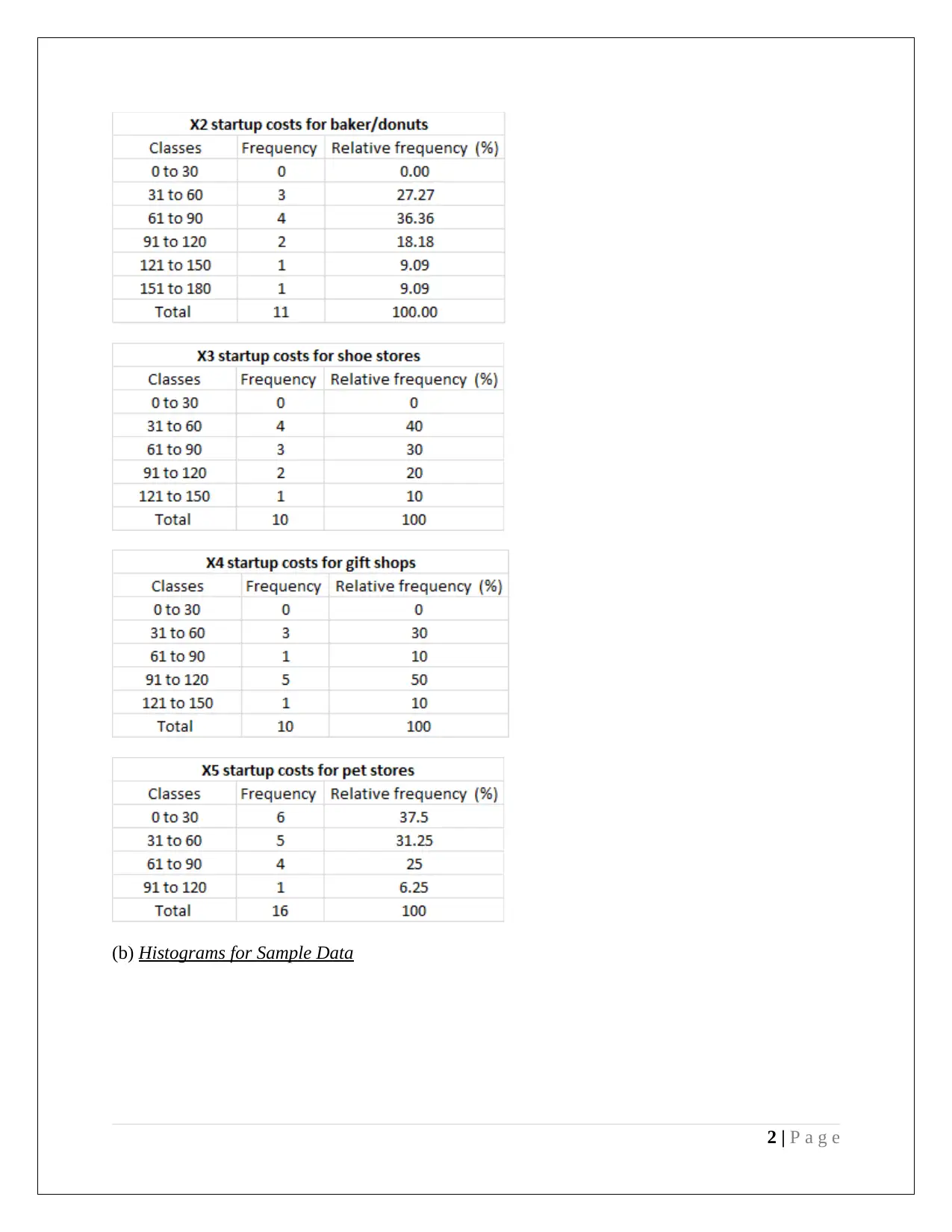

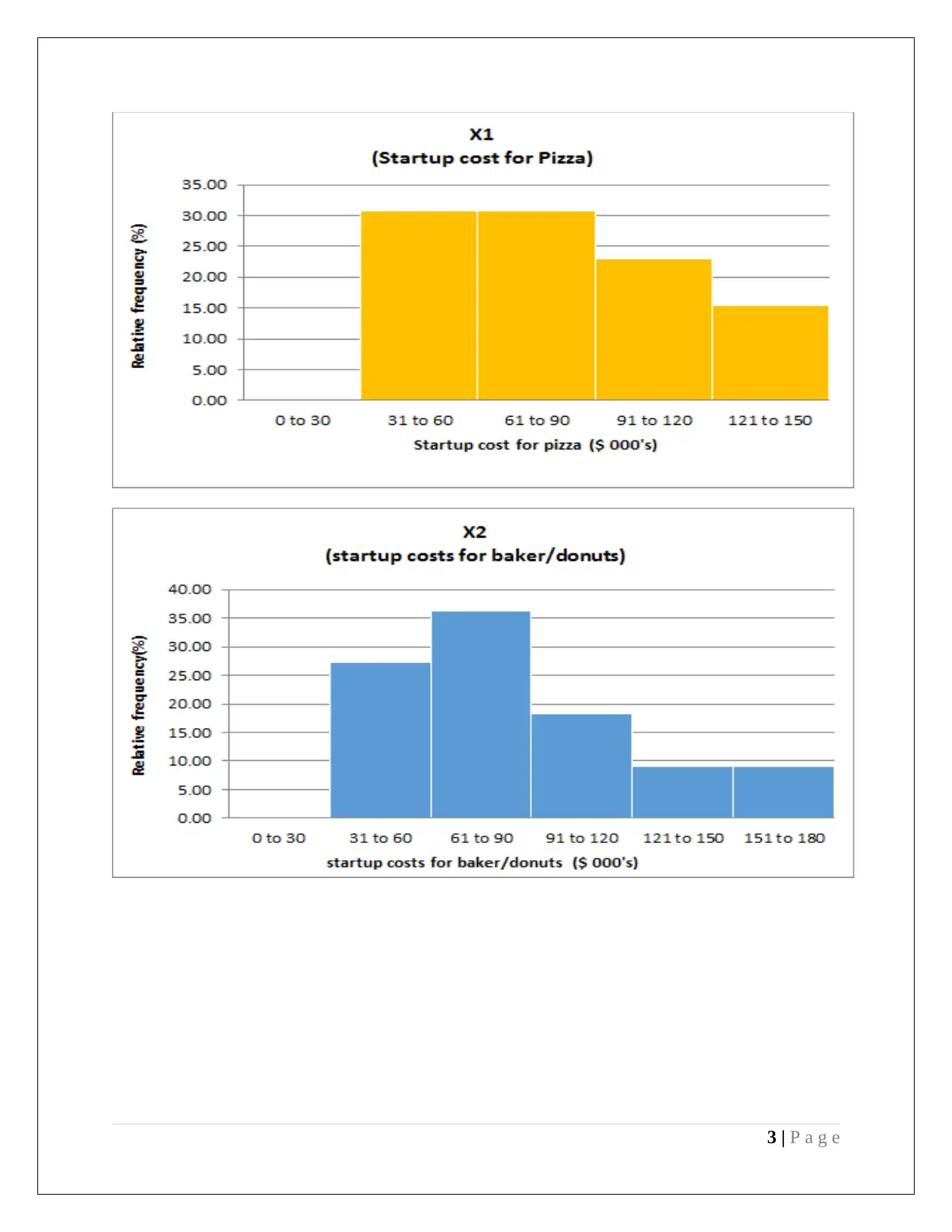
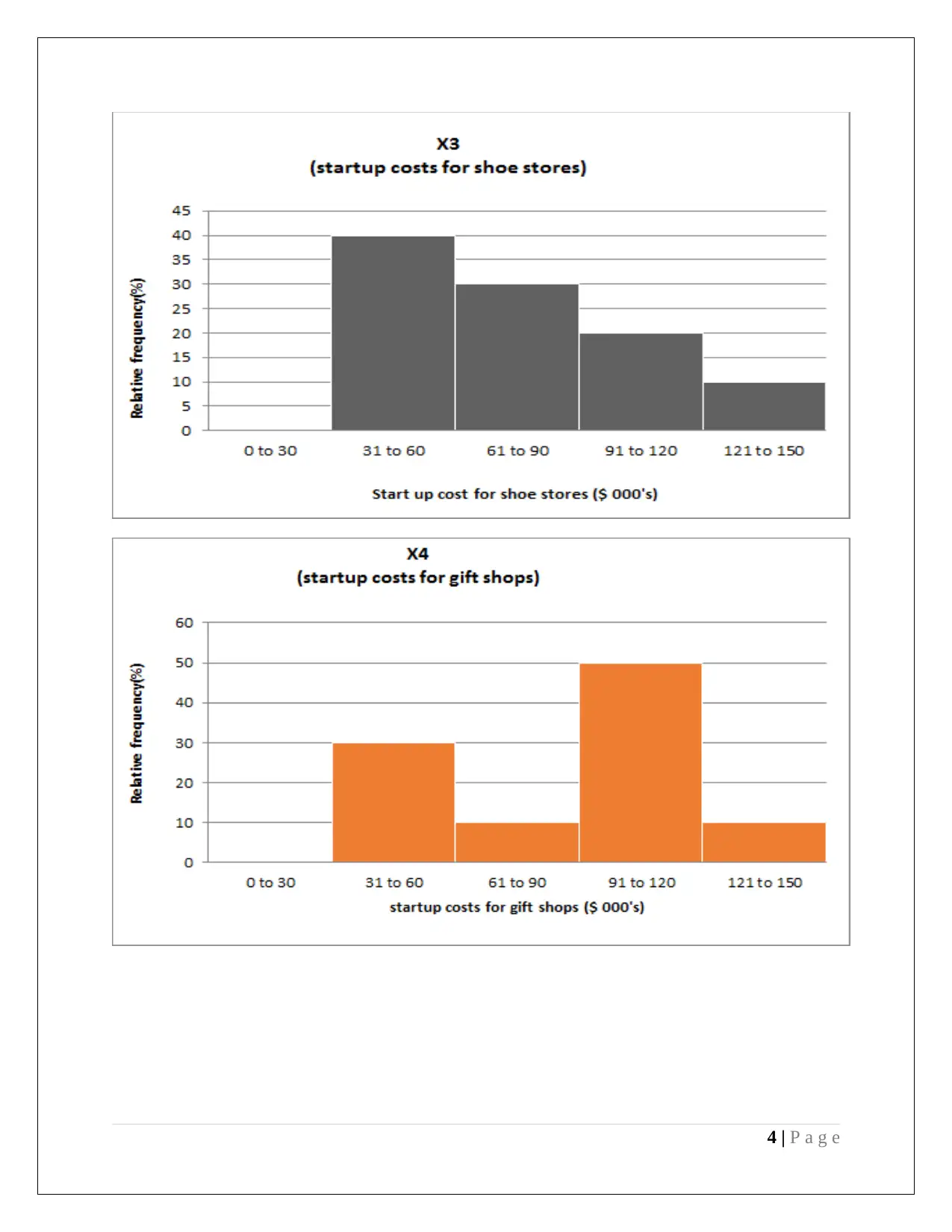
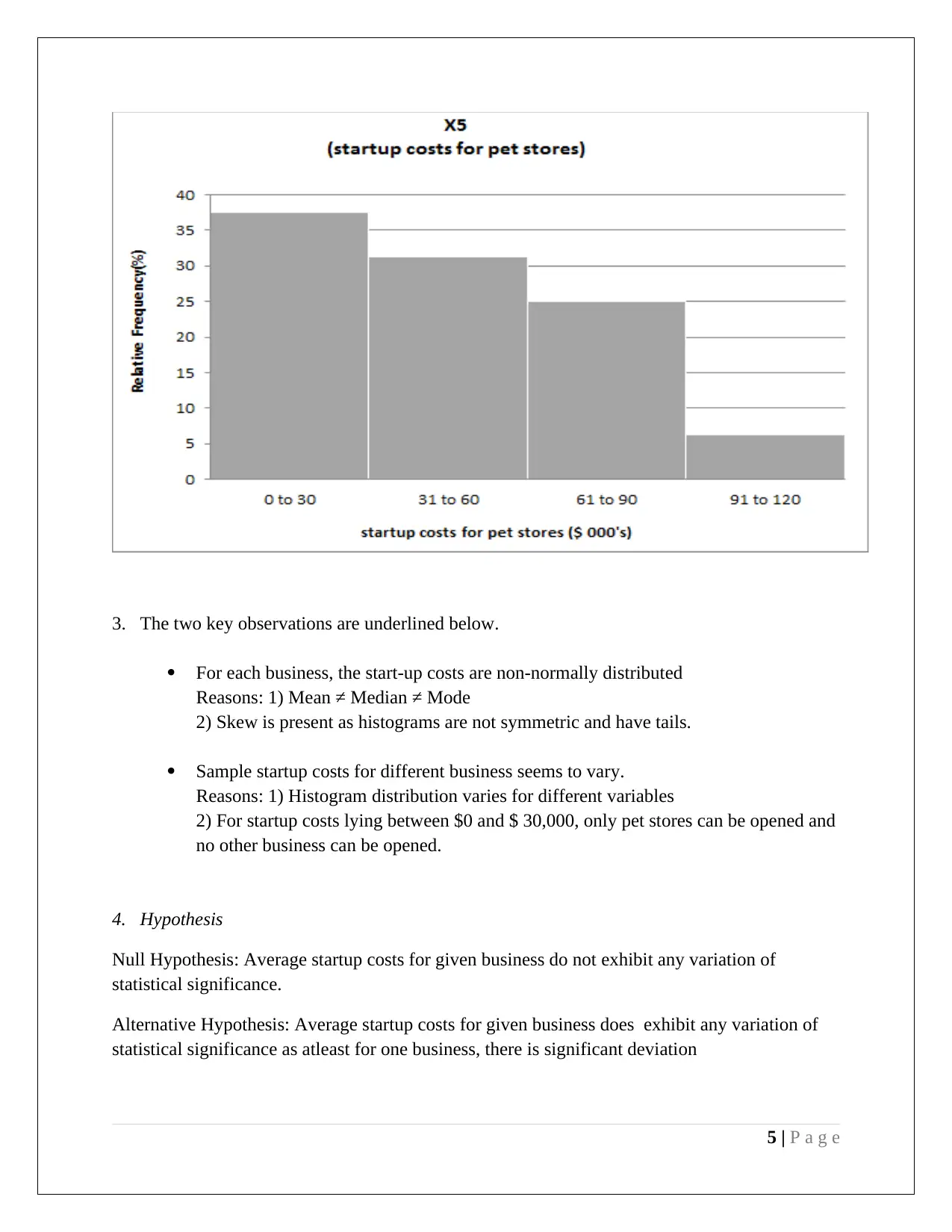
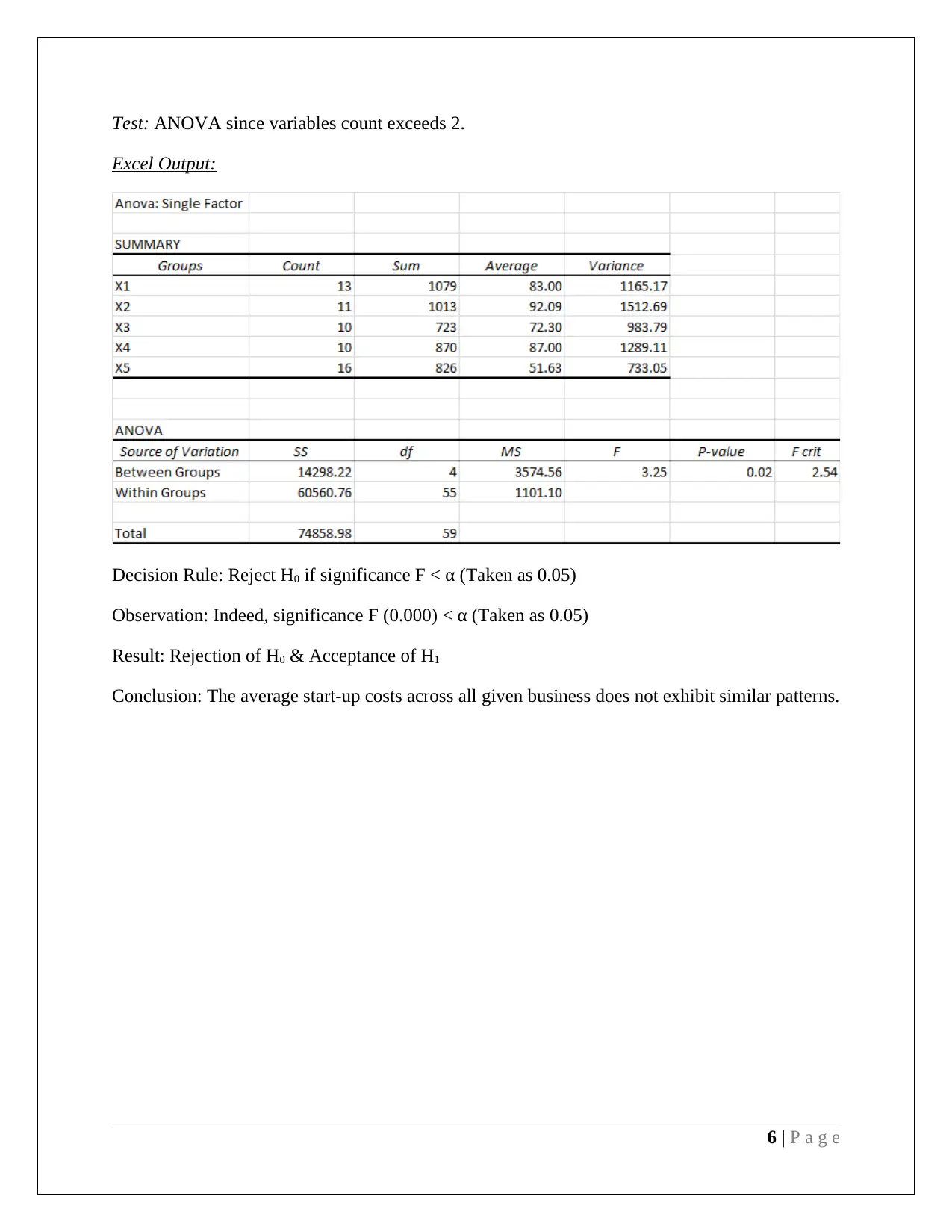
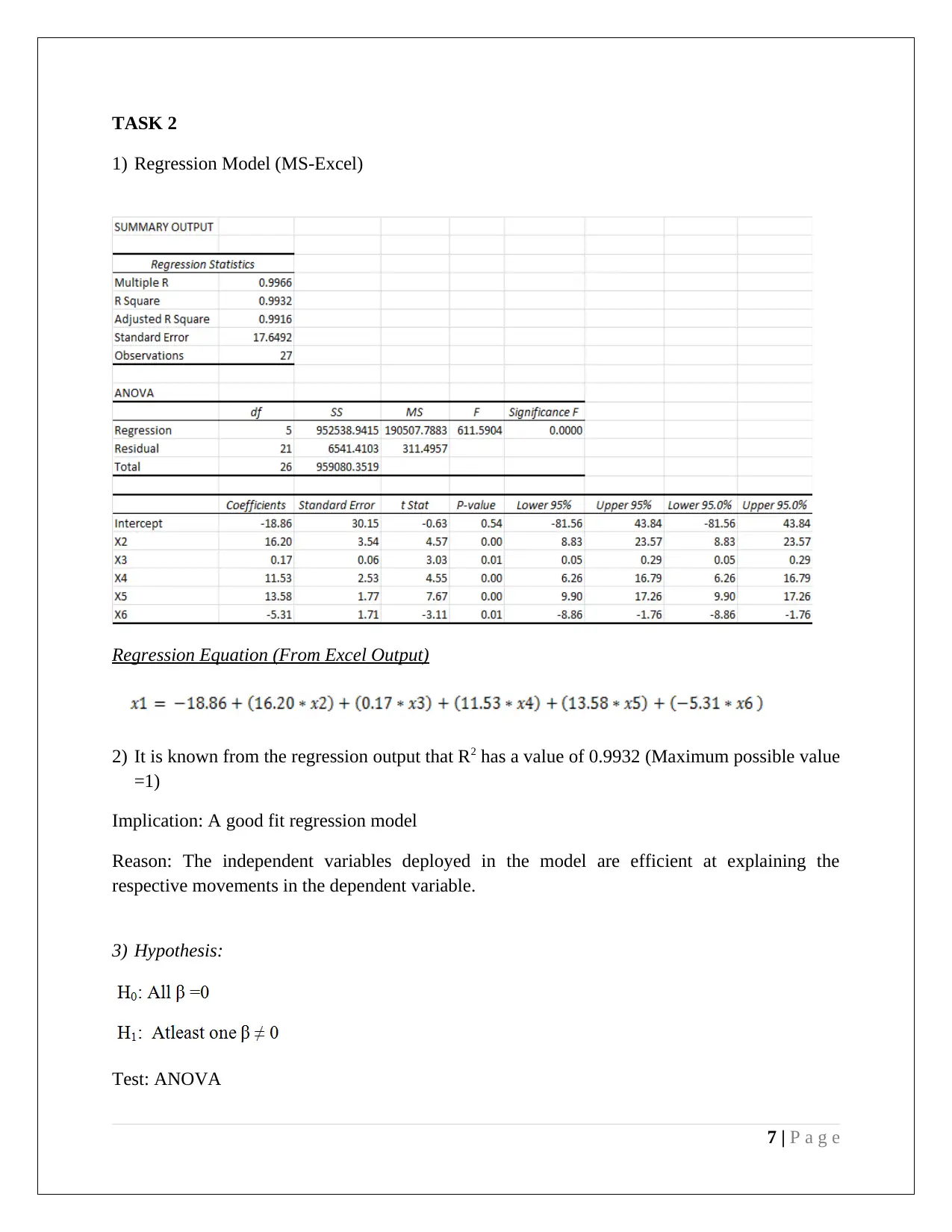
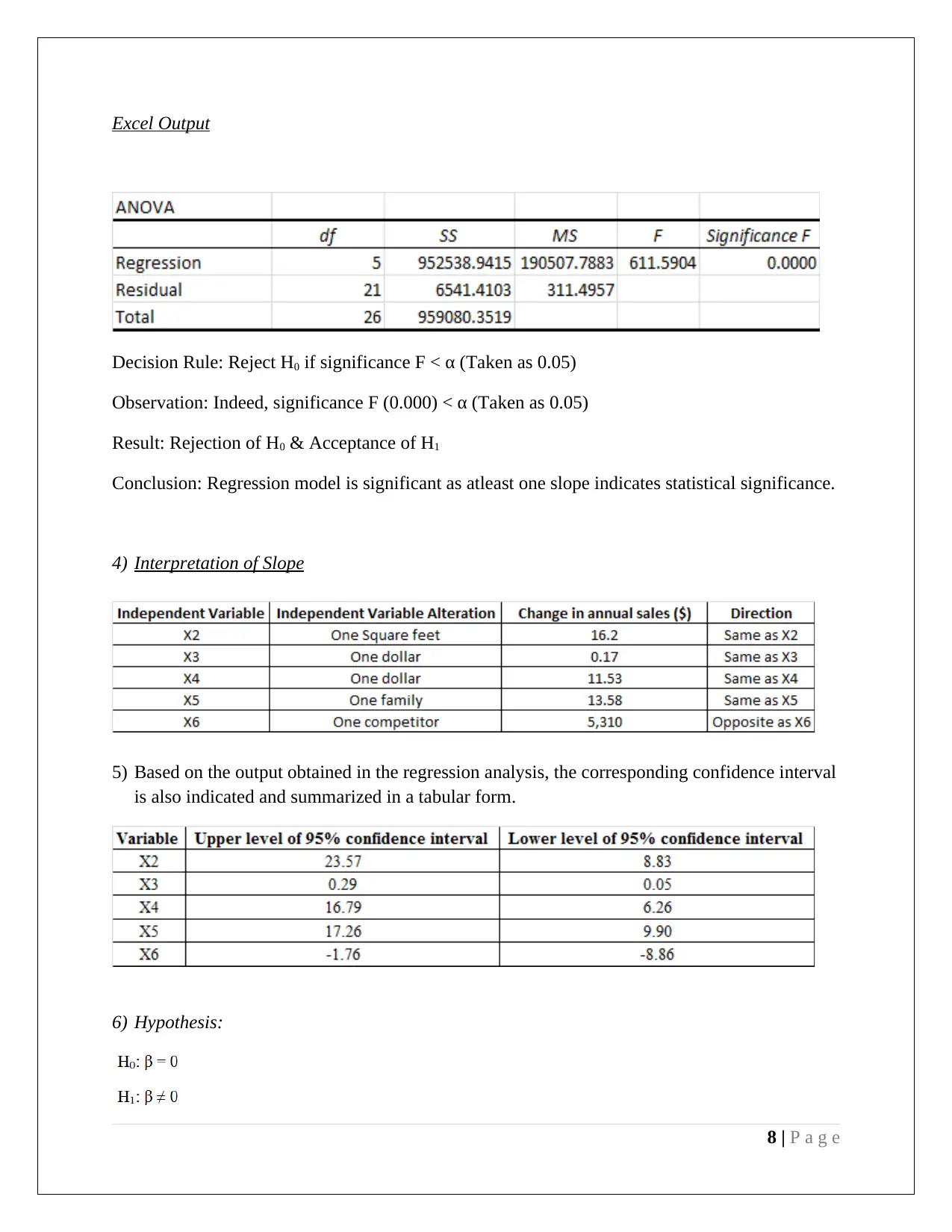
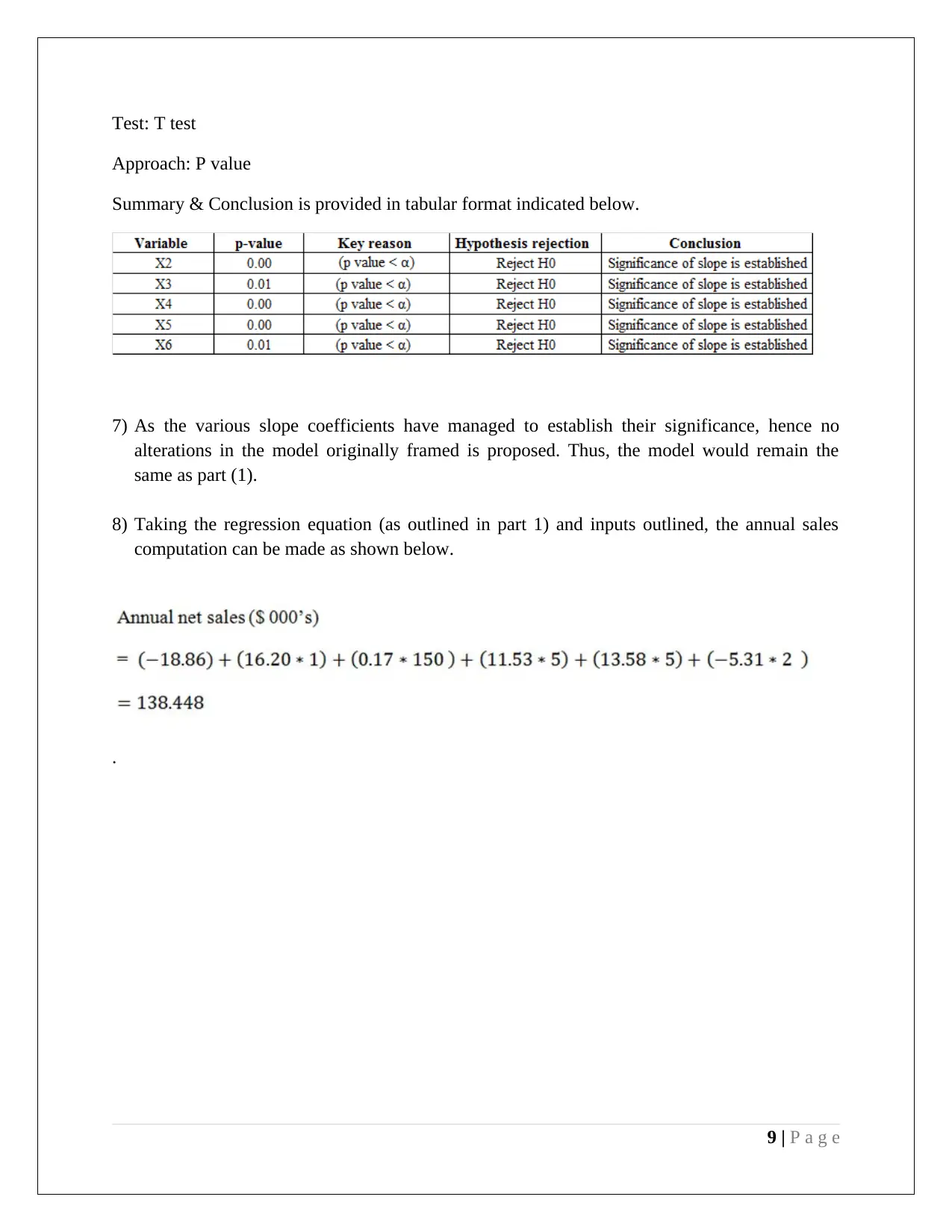






![[object Object]](/_next/static/media/star-bottom.7253800d.svg)